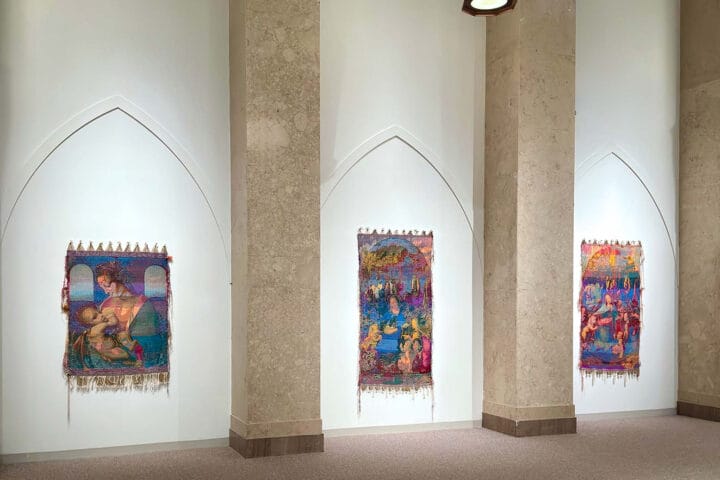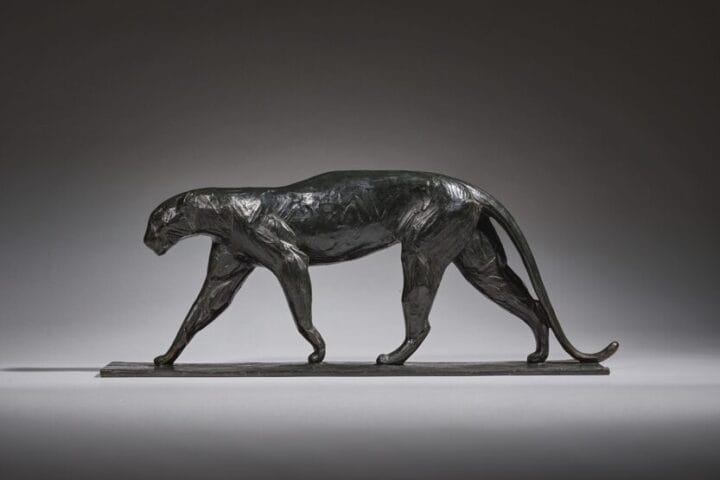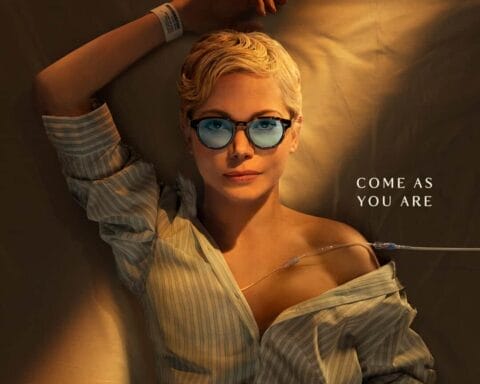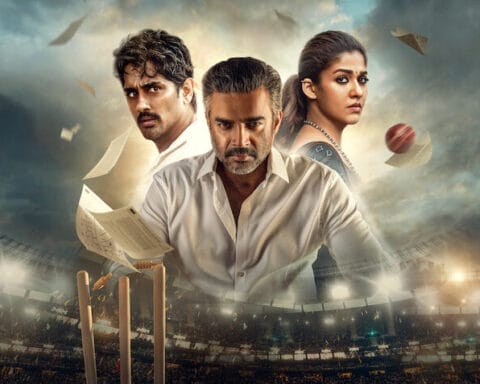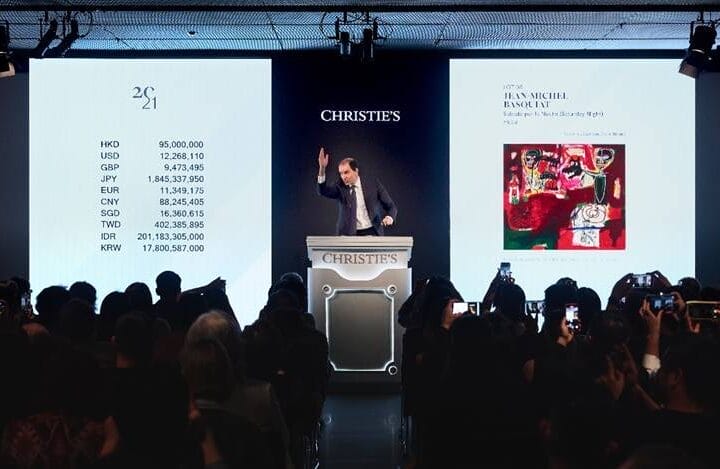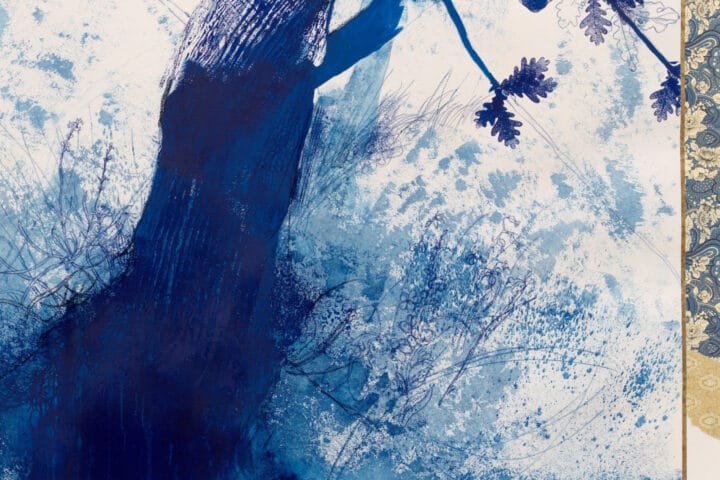- First exhibition to explore the pivotal importance of Gothic art for late 19th and early 20th-century artists, offering an ambitious new story of modern art
- Features 200+ works by artists including Edvard Munch, Helene Schjerfbeck, Vincent van Gogh, Käthe Kollwitz and Hugo Simberg alongside Lucas Cranach the Elder, Albrecht Dürer and Hans Holbein the Younger
- Crossing borders of time, place and cultures, it reveals how the Gothic responds to periods of upheaval, reflects societal anxiety and re-imagines futures
- The culmination of a six-year international research project led and initiated by Ateneum Art Museum and Professor Juliet Simpson (Coventry University), the exhibition will travel to the National Museum, Norway and the ALBERTINA Museum, Vienna

Gothic Modern is a ground-breaking international exhibition that reveals, for the first time, how modern artists were deeply inspired by late medieval, Gothic art.
Opening on October 4 at Ateneum Art Museum, Helsinki, it will feature over 200 works by Arnold Böcklin, Akseli Gallen-Kallela, Vincent van Gogh, Theodor Kittelsen, Käthe Kollwitz, Marianne Stokes, Edvard Munch, Helene Schjerfbeck, Hugo Simberg, Gustave Van de Woestyne and their contemporaries. It will show the pivotal impact of Northern Europe’s medieval and Renaissance art during the late nineteenth and early twentieth centuries, and also includes key works by Lucas Cranach the Elder, Gerard David, Albrecht Dürer, Hans Holbein the Younger and Hans Baldung Grien.
Moving beyond nation-centric stories of modernism, the exhibition explores how artists all across Europe drew on medieval and in particular Gothic art to express their own complex experiences of the time. In a period marked by growing nationalism, rapid societal transformation and the outbreak of war, the Gothic inspired artists to create radical new visions of sexuality, death, trauma and world-making.
The galleries will be organised around eight themes. Highlights include erotic devotions, which shows the resonances of artworks separated by centuries but connected through their exploration of complexly entangled human relationships and sexuality. It will feature paintings of Adam & Eve by Simberg (1895) and Max Beckmann (1917) alongside an original depiction of this subject by Cranach the Elder (1531), who inspired both artists. In Lovers II (1913), Kollwitz presents two bodies tightly intertwined both physically and emotionally, while Munch’s Eye to Eye (1894) provides a haunting exploration of intimacy, anxiety and the human psyche.

Another gallery, centred around Holbein’s series on the Danse Macabre (1523-25), explores the violence, absurdity and comedy of mortality, drawing on the emotional power of the medieval ‘Dance of Death’. These include the grinning figure in Van Gogh’s Head of a Skeleton with Burning Cigarette (1886) and Kollwitz’s Death and Woman (1910), which reflects the artist’s unique approach to addressing contemporary issues. Her exploration of death as a recurring motif recalls the Gothic preoccupation with mortality, depicting it not only as an end but as a poignant commentary on the human condition and social injustices. Elsewhere, the exhibition also presents seminal paintings such as Böcklin’s dark Self-Portrait with Death Playing the Fiddle (1872) and Simberg’s Garden of Death (1896), where plant-tending skeletal figures offer a symbolic interpretation of the co-existence of life and death.
The exhibition will offer a compelling new reading of artists such as Munch, who is repositioned from a ‘solitary genius’ to an artist deeply engaged with German medieval, Gothic art. This is demonstrable in works such as By the Deathbed (1896), Golgotha (1900), and The Sun (1910-13), a powerful work that echoes the pattern of a religious, medieval stained-glass window and highlights the artist’s connection to Gothic themes. New perspectives will also be created around the work of Marianne Stokes, historically considered a Pre-Raphaelite, but here reappraised within the international context of a Gothic modernity. Key paintings will include Madonna and Child (1907-08) and Death and the Maiden (1908), which incorporate the medieval and spiritual iconographies of Trecento and Gothic themes and ways of making art.

In addition to paintings and prints, Gothic Modern will also present objects, sculptures and furniture, including a rarely seen sheet music cabinet from the late 1890s, carved by Mary and Akseli Gallen-Kallela. This integrated vision of a Gothic modernity spanning multiple creative mediums distils the rich and diverse ways artists engaged with Gothic art across this period, which was characterised by re-imagining the artist, non-commercialism, freedom and envisioning the future through the past. Ultimately, the exhibition will challenge many long-held notions and narratives around modernism, and offer a bold new perspective on the art of this period.
Gothic Modern is the culmination of a major international six-year research project. After its debut, it will travel to the National Museum, Norway and the ALBERTINA Museum, Vienna. Professor Juliet Simpson (Coventry University) has led the research concept and guided the overall project as the Guest Curator, leading the curatorial team of experts: Anna-Maria von Bonsdorff (Director, Ateneum Art Museum), Vibeke Waallann Hansen and Cynthia Osiecki (Curators, National Museum, Norway) and Ralph Gleis (Director, Alte Nationalgalerie).


Gothic Modern will be accompanied by the publication of a comprehensive exhibition catalogue Gothic Modern: From Edvard Munch to Käthe Kollwitz, edited by Juliet Simpson and Anna-Maria von Bonsdorff, offering deeper insights into this landmark exhibition through a collection of articles. The catalogue will be available in English and Norwegian, and a more concise Finnish-language version will also be published.



